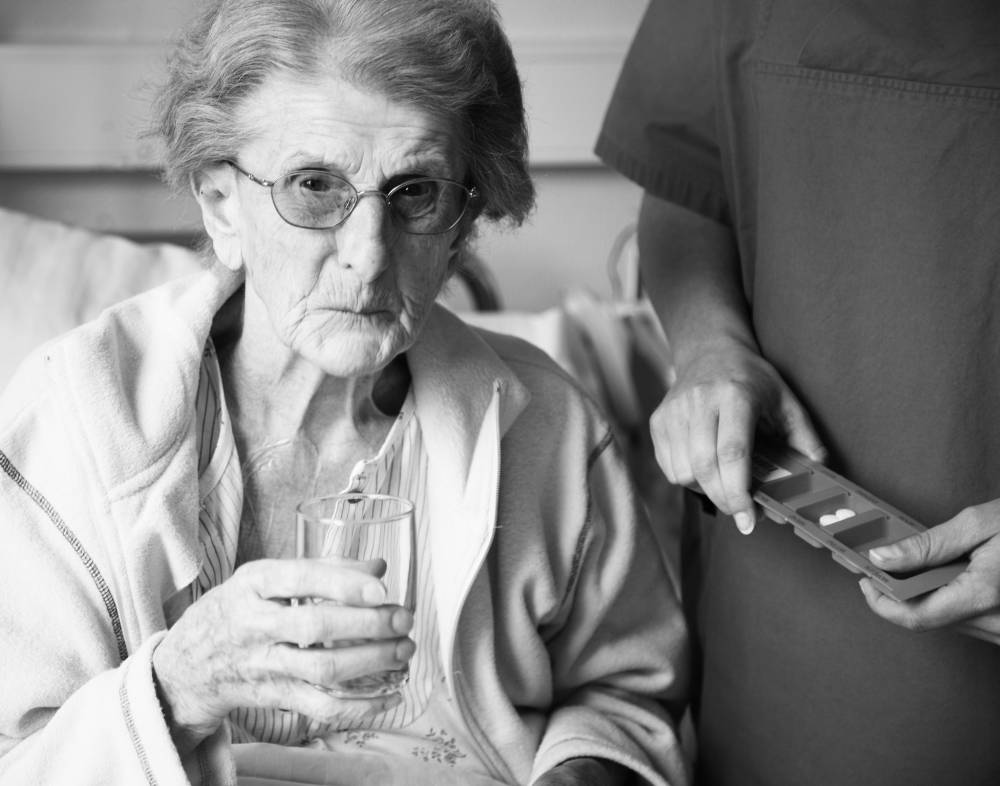
Queensland’s nurse and midwifery union is calling on the federal government to implement carer-to-resident ratios in aged care homes, after a secret audit revealed shocking levels of understaffing resulting in poor levels of care.
The Minister for Aged Care, Ken Wyatt, responded in an interview with the Courier Mail, saying “he plans to hold the directors of aged-care companies, as well as senior managers, accountable for elder abuse by nurses and carers.
“But when somebody becomes frail in their twilight years then the level of care given in some cases diminishes because of the staff attitude that might prevail,” he told the Courier Mail.
The Queensland Nurse and Midwives’ Union, which organised Saturday’s secret audit, said Wyatt’s comments indicate that nurses and carers are responsible for the poor levels of care, rather than understaffing.
The QNMU secretary, Beth Mohle, wrote in a letter to the Courier Mail, “Australia’s nurses and carers are not responsible for the systemic failures that allow chronic understaffing to occur in almost every Australian community. It is the federal government that allows aged care providers to legally operate without minimum staffing laws.
“The lack of laws and resulting understaffing mean elderly Australians are experiencing unnecessary pain, suffering and premature death in almost every community.”
The QNMU led a secret audit on Saturday, with nurses, relatives, and volunteers joining forces.
The audit of 70 aged care homes extending from Cairns in the north, to Cloncurry in the west, and as far south Coolangatta, uncovered “disturbing and dangerous aged care practises as a result of chronic understaffing”.
The audit found that more than 75 per cent of staff in the facilities visited were personal carers, a position that does not require a qualification; sometimes personal carers were required to administer medications such a endone and morphine.
Only 16 per cent of staff in the facilities audited were Registered Nurses, and 8 per cent were Enrolled nurses, who have a TAFE Diploma.
The audit found that one registered nurse was regularly required to look after up to 200 residents at once, and often no RN is present at all, especially at night.
Some facilities use Virtual Nurses, nurses located at facilities sometimes hundreds of kilometres away, to provide medical advice over the phone.
Ms Mohle said, ““We know that aged care facilities are dangerously understaffed throughout Queensland and Australia, and that elderly residents are suffering as a result.
““This chronic understaffing and elder neglect is occurring in so many facilities.”
The audit revealed horrifying accounts of mistreatment. One resident was left for 48 hours with a broken hip. An ambulance was only called when their family visited. In another situation, a resident fell during the night when going to the toilet unassisted. Her broken arm was only diagnosed after the family visited 24 hours later.
An untreated urinary tract infection resulted in sepsis, and the resident eventually died.
Showers are routinely only given one a week, with 68 per cent of staff surveyed saying they were unable to properly clean residents.
Malnutrition was also observed. Families in more than a dozen aged care homes said their loved ones suffered malnutrition because the food was “inedible”, and staff were unable to help residents eat because of an insufficient number of staff. Party pies and sausage rolls were served at some facilities in an effort to keep costs down.
Residents often had to wait for help, lacked supervision, and weren’t helped to move.
The union reported allegations that management at the nursing homes sometimes received bonuses for keeping costs down.
The QNMU is calling on the federal government to introduce staff-to-resident ratios.
In the 2015/16 financial year, Australian aged care providers received $16.2 billion from the federal government.
“In exchange, aged care providers fail to properly staff their facilities because they simply do not have to under the laws as they currently exist. They also do not have to report how they spend a single cent of the Commonwealth funds they receive,” said Ms Mohle.
“A great number of these providers are profiting at the expense of the elderly. We will not rest until the laws are changed.’’
The ANMF has launched a national campaign ‘Ratios for Aged Care – Make Them Law Now’ to pressure the federal government into introducing legislation for fix staff ratios, similar to those in child care.
While Ms Mohle said some aged care facilities do provide safe staff levels and excellent care for their residents, it is impossible for consumers to know which do, because there is no online data available for aged care facilities.
The QNMU is asking that the federal government introduce laws for carer-to-resident ratios, and to make it mandatory that data on staff numbers and resident outcomes, such as causes of death, is made publicly available.
Queensland’s 16 state-run aged care facilities introduced staff-to-carer ratios in 2016.
This is widespread abuse of our frail senior citizens.
Now it would be great if these events are reacted with urgency.
Our Prayers would be answered.
The Aged Care system is broken beyond repair. If the corporate providers can siphon off one billion dollars to a tax haven they can afford to improve care. The Liberal government is just standing by and watching this disaster unfold. Nurses are losing their jobs to Carers entering the country to train at shonky colleges. This cheap labour is then being used to hold wages down and drive conditions into the ground. Neo-liberalism has failed our parents who have paid taxes all their lives only to be treated like this. Aged Care is a disgrace pure and simple.